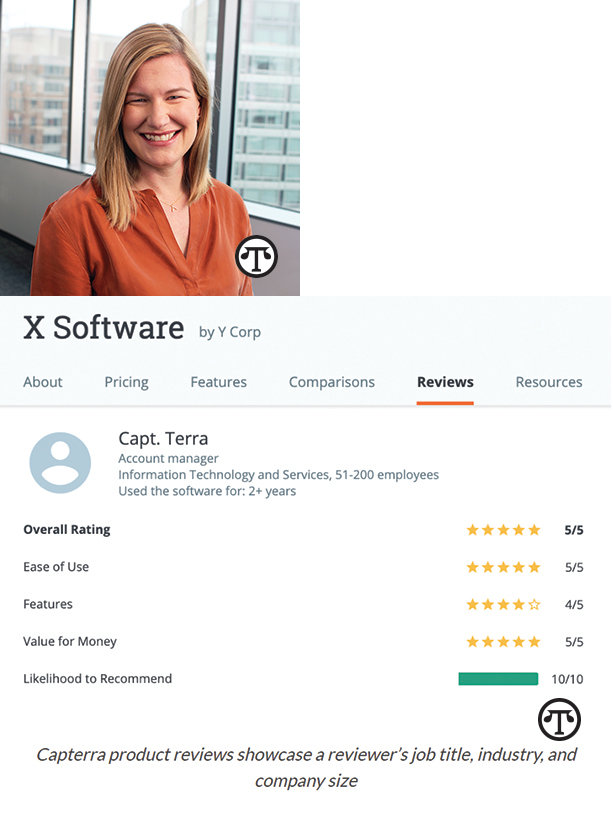A Simple Recipe For Successfully Digitizing Your Business

by Claire Alexander
(NAPSI)—Technology can accelerate business outcomes virtually overnight. But today, with so many options available, choosing what to buy can be a daunting task. Even at big companies, IT departments can spend up to 22 months researching, testing and vetting software only to discover their selection doesn’t end up meeting expectations or needs.
So, how do resource-strapped small businesses find the best technology for their operation, fast?
Consider it like baking a cake—follow a few steps in the right order, and an appealing option can appear.
Step 1: Pinpoint your flavor profile. Start by outlining the exact issues you hope technology can help to solve. After all, the last thing you want is to serve the equivalent of chocolate cake to someone who is gluten intolerant. Work with your colleagues to identify the scope and drivers of your business challenges. If customer engagement is low, why and when? If inventory is high, what is not selling and why? Once you have this baseline data, pull together everyone involved in the process you’re trying to optimize. From frontline staff to back-room accounting, anyone touching any part of the problem can help flag solvable issues.
Step 2: Pull together your software ingredients. Once you’ve crystallized your challenges, you’re ready to see if software can help. If the answer is “yes,” proceed as follows:
First, and potentially counter-intuitively, start with prioritizing the functionality you need (not price). There can be big price differences between what are called “point” versus “platform” solutions, so shopping with a clear understanding of must-have features will allow you to right-size your investment level. Don’t buy more than you need—just as with adding sugar, sometimes less is more.
Next, look at reviews, screenshots and videos to get a sense for the product’s user friendliness. This is important because if the “cake” doesn’t look appetizing, people might not choose to eat it without a lot of extra support.
Speaking of support, know that this can sometimes be an extra charge, so it’s important to compare products with apples-to-apples service-level scenarios in mind. Especially if you’re looking for finance, CRM, HR or compliance software, think about the support level you need to be successful.
Reporting capabilities are next. All investments—products, people, technologies—must add value. Make sure you outline what is an appropriate level of insight into the software reporting capabilities to ensure you can measure a return-on-investment once it’s in use.
Finally, bring pricing into the mix. Because digitizing your business involves folding technology into your existing operations, you need to think about more than just the software’s sticker price. Your total cost of ownership will include licensing costs and potentially service and extra staffing costs to ensure the technology runs smoothly.
Step 3: Prep your station by making a “shortlist.” Now comes the time to lay out all your software options. Just like baking, it’s important to bring all the things you need together in one place before you begin.
There are many resources you can use to identify options, from social media and online forums, to asking your own business networks. My company, Capterra, provides businesses with access to all this information in a single platform. We’ve gathered more than one million validated reviews on thousands of software options so buyers can sort by their needs, quickly identify software categories and read testimonies from others in their exact situation. Regardless of how you conduct your research, though, make sure you use validated sources and probe into experience discrepancies where possible. Your goal should be to identify three to five potentially viable options, known as a “shortlist.”
Step 4: Bake, with care. Now is the time to involve specific software companies. Reach out to vendors whose products are on your shortlist to get demos and determine an “all in” cost based on your predefined “ingredient list.” Be sure to evaluate all options against the same criteria, no matter how exciting or “easy” a solution looks at the start. You’ll find that different vendors have different selling styles and can potentially cut different types of deals. The more specific you are about your needs and priorities, the more fruitful your negotiations can be.
I’m confident that any business—regardless of size, geography or focus—can reap the benefits of modern technology. Remember, the most important part is in the prep: Work with your colleagues to ensure your problem is one that can be solved by technology; take advantage of resources (such as Capterra) to help identify, compare and contrast options all in one place; and structure your conversations with multiple vendors to make sure you negotiate a great deal. Then your cake can taste great.
• Alexander is GM at Capterra. For further advice, go to www.capterra.com.

“business, technology, IT, customers, company, social media, online forum, service, finance, CRM, HR, compliance, software, vendorshttps://bit.ly/2XnnQez”
